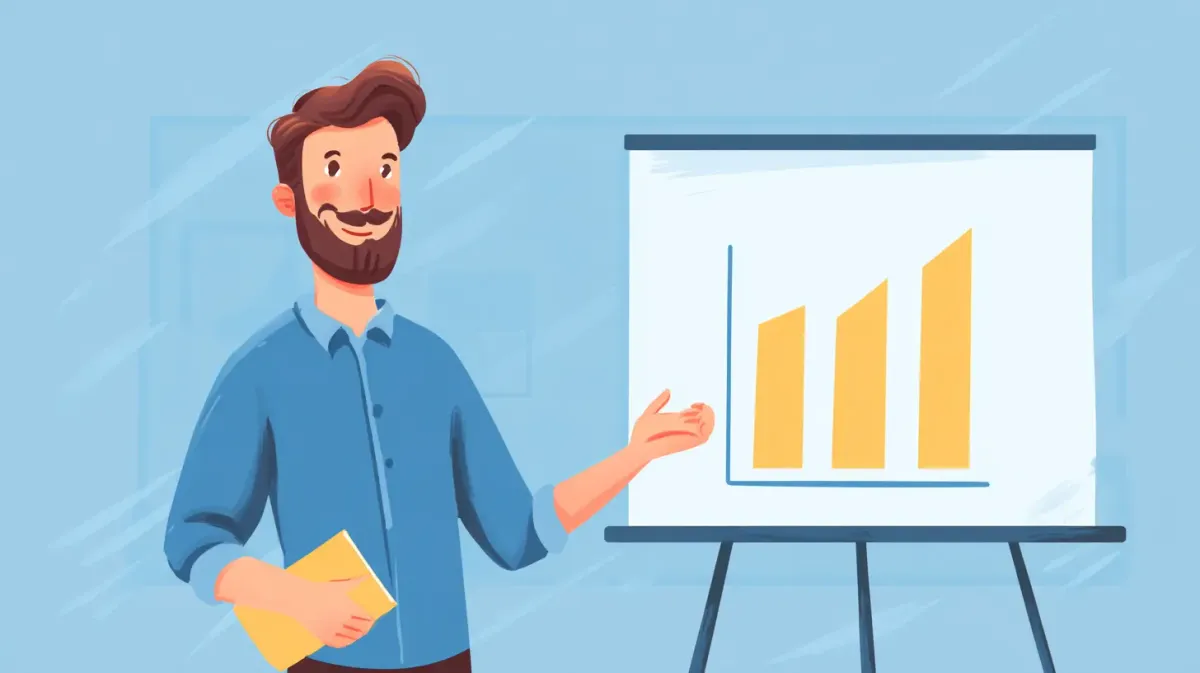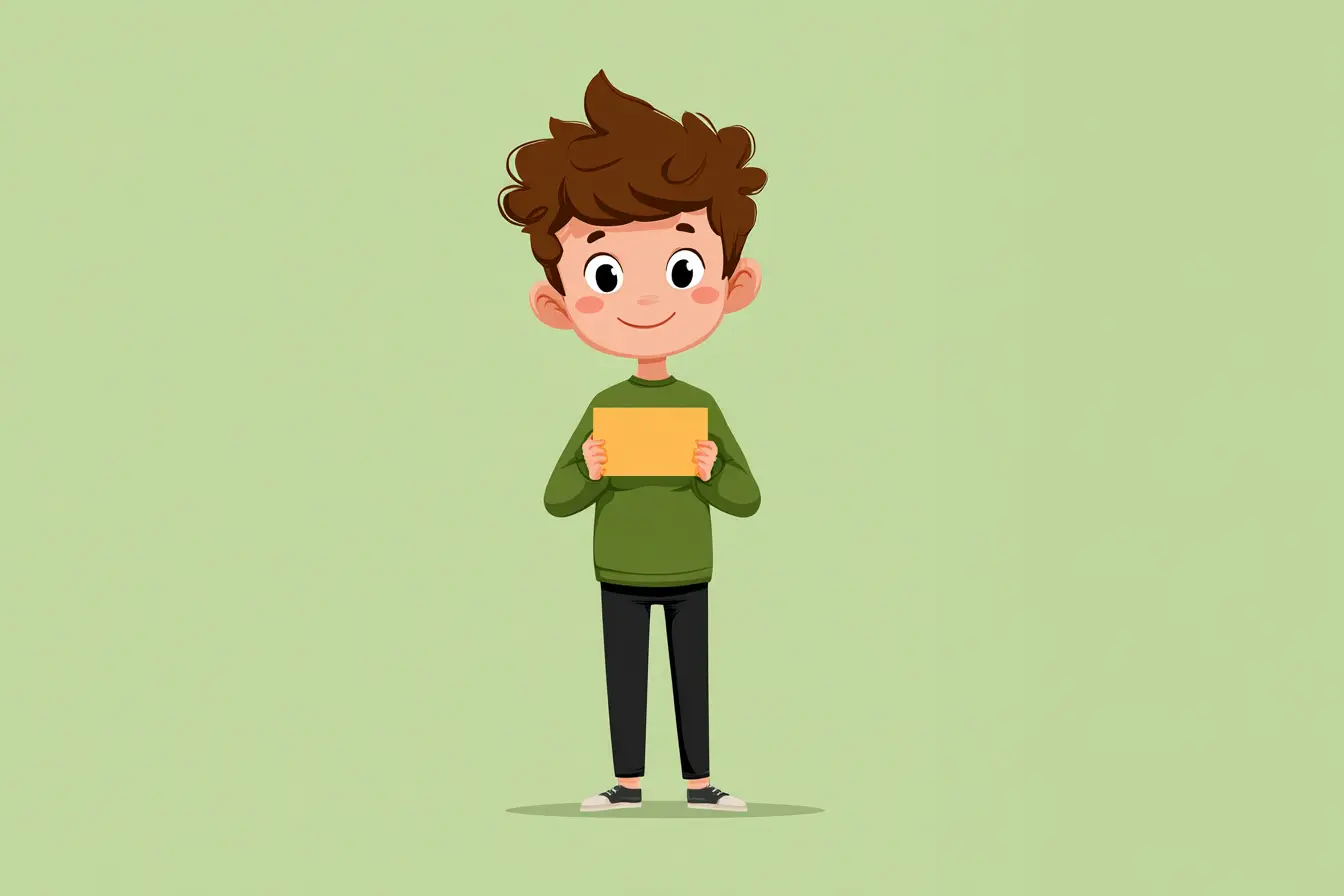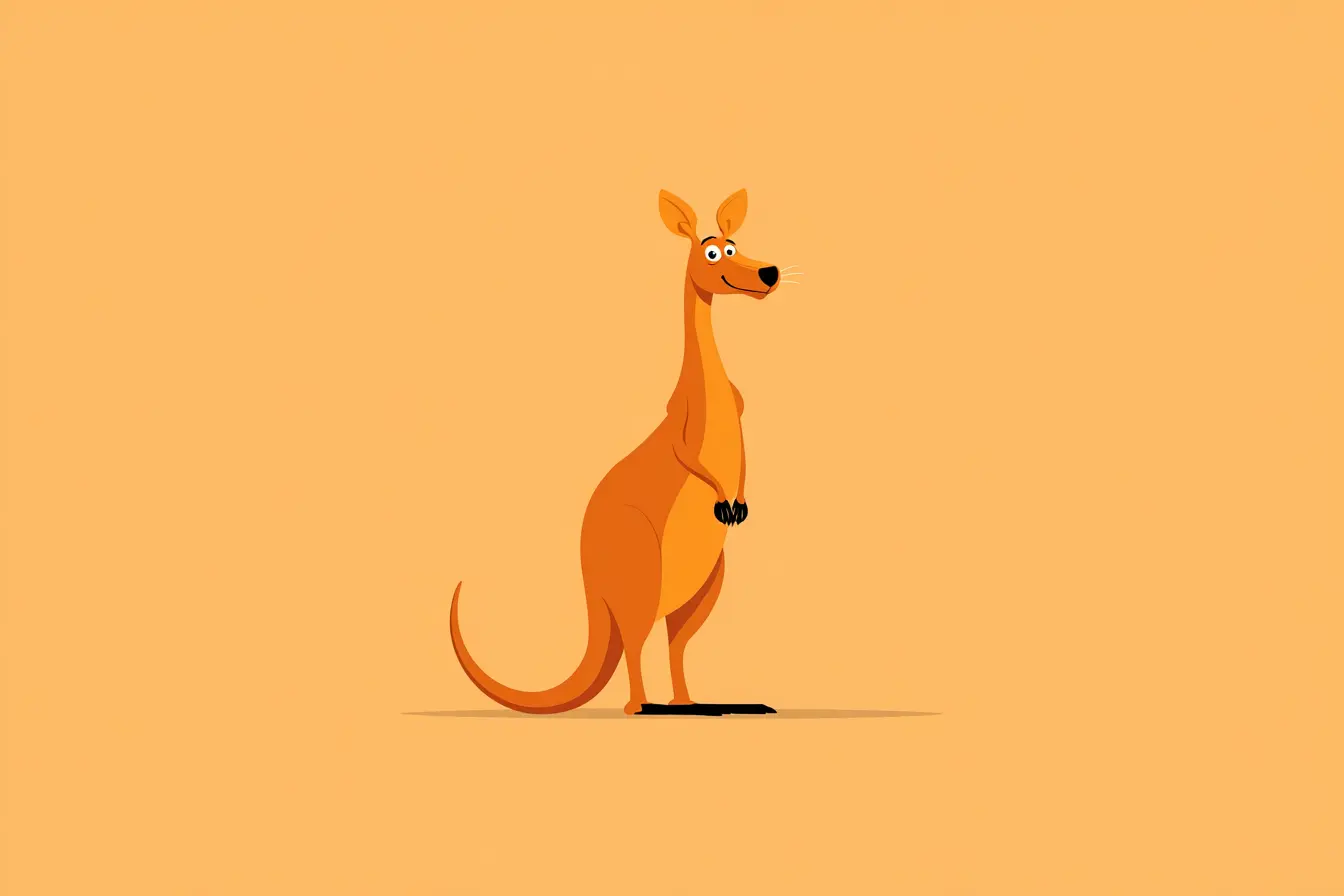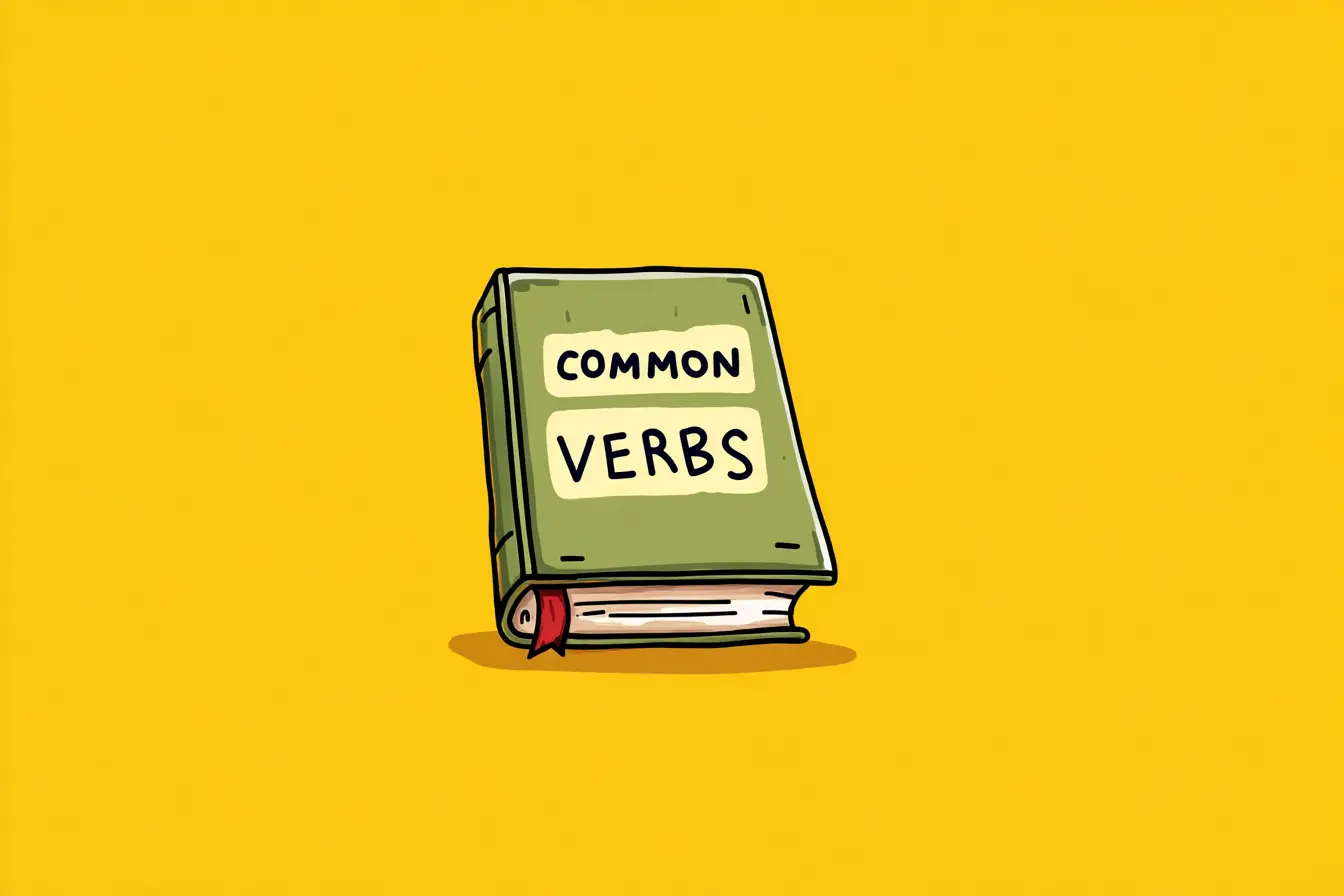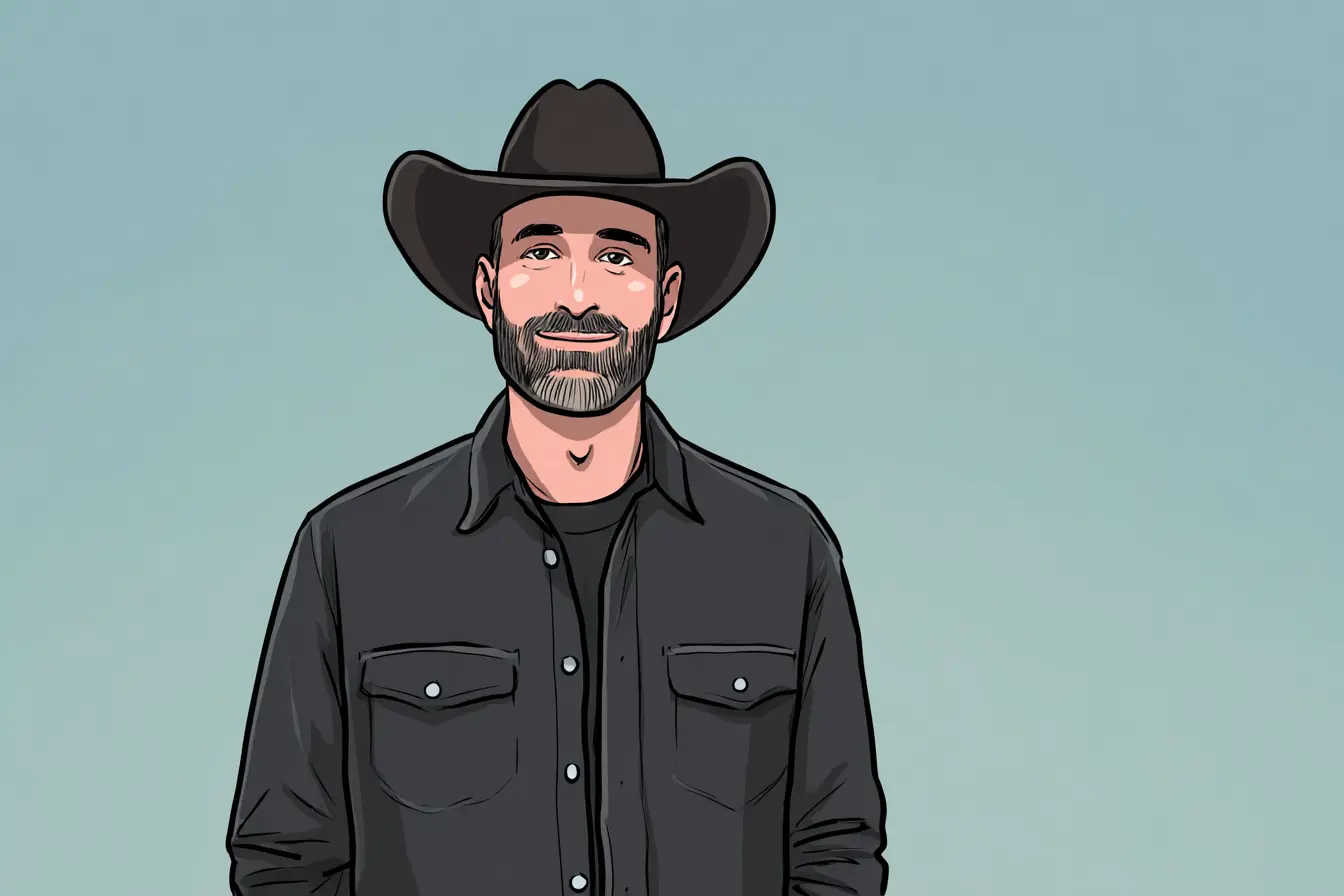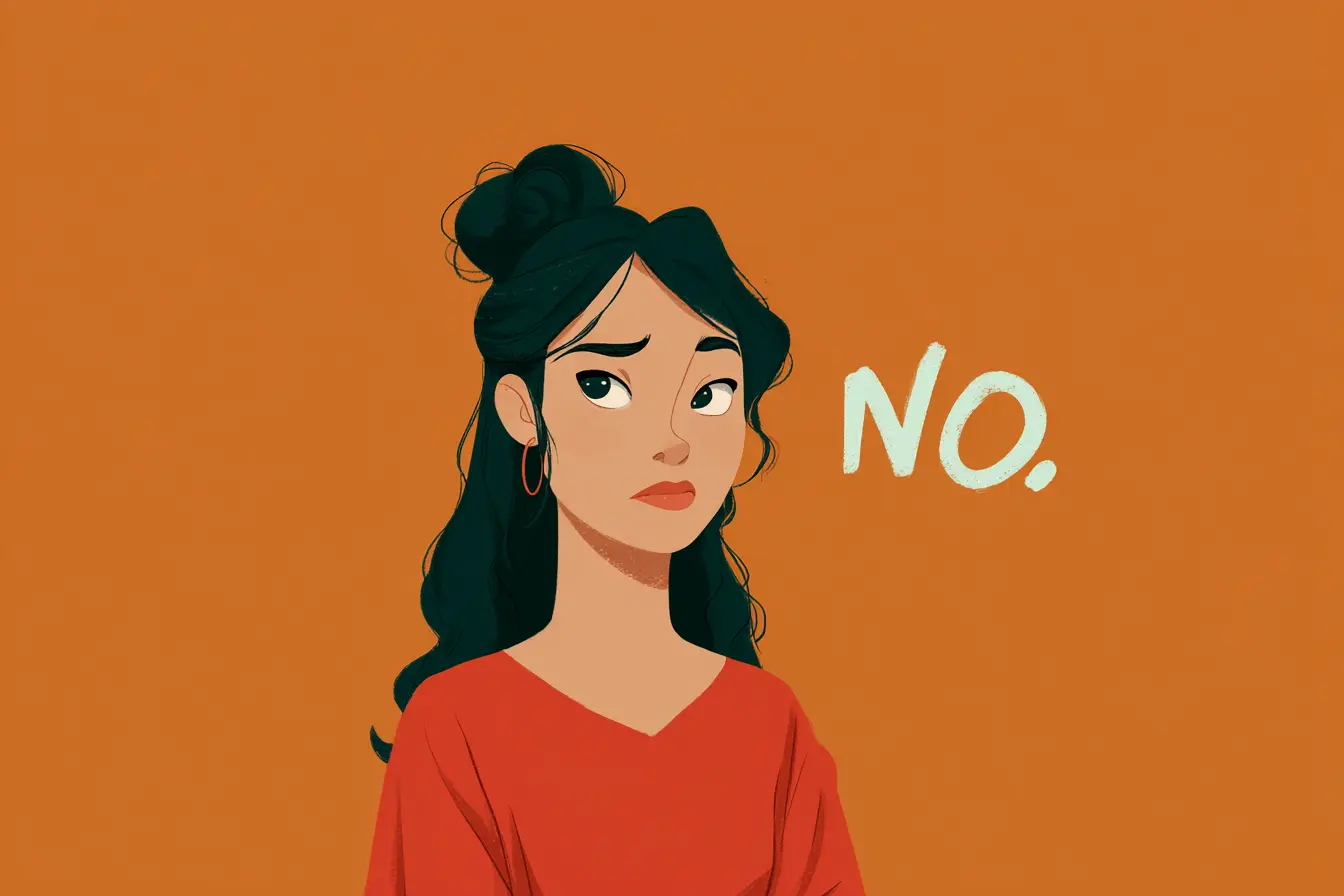First impressions matter, especially when you're standing in front of a room full of people. If you're giving a school presentation, pitching to clients, or leading a team meeting, the first 30 seconds can make or break your whole speech. That’s why knowing how to start a presentation well is your launchpad, especially if the presentation is in English and it’s not your first language.
This guide walks you through practical, real-world strategies to begin your presentation with confidence. You'll get sample phrases, examples of speech introductions, and tricks to grab your audience’s attention from the start without sounding like a robot.
Why Your Intro Matters More Than You Think
The introduction for presentation is your one shot to:
- Grab your audience's attention;
- Build credibility;
- Set the tone and expectations;
- Calm your nerves (yes, really!).
If you skip this step or rush through it, even the best content might fall flat. But if you start strong, your audience is more likely to listen, engage, and actually remember what you said.
5 Smart Ways to Start a Presentation
Here are five proven methods to help you start your presentation smoothly and confidently.
1. Ask a Powerful Question
This instantly shifts your audience into active thinking mode. It's one of the most effective techniques out there.
Examples:
- “Have you ever wondered why most people fear public speaking more than death?”
- “What would you do if your favorite app suddenly disappeared overnight?”
- “How much of your day do you think is actually productive?”
- “Do you know what’s the most expensive liquid in the world?”
- “What’s the one skill schools never taught us but all jobs expect us to have?”
Great for: Students, business presentations, motivational talks
2. Share a Surprising Fact or Statistic
Shock them a little, just enough to make them curious and want to hear more.
Examples:
- “More than 70% of presentations fail to keep their audience engaged past the first five minutes.”
- “One-third of all food produced globally is wasted.”
- “The average person touches their phone over 2,600 times per day.”
- “In 2023 alone, businesses lost over $400 billion due to poor communication.”
- “The most productive meetings are 15 minutes long—yet most last over an hour.”
Great for: Marketing pitches, data-driven or tech talks
3. Tell a Brief Story
A short, relevant anecdote makes you instantly relatable and helps the audience connect with you on a human level.
Examples:
- “Two years ago, I stood exactly where you are now—terrified to speak in public. What changed? That’s what I’m here to share.”
- “Last week, I spilled coffee on my laptop five minutes before an important Zoom pitch. But that disaster turned into one of the best conversations I’ve had with a client.”
- “When I was ten, I accidentally deleted my dad’s work files. That taught me a lot about responsibility and panic recovery.”
- “My journey into design started with a doodle I drew in math class—and now I run a design agency.”
Great for: Personal topics, TED-style talks, group presentations
4. Start With a Quote
A quote adds emotion or credibility, especially when it reflects your topic in a sharp way. Choose wisely and make sure it feels personal.
Examples:
- “As Maya Angelou once said, ‘People will forget what you said, but they will never forget how you made them feel.’ That’s our goal today.”
- “‘The greatest enemy of knowledge is not ignorance, it is the illusion of knowledge.’ — Stephen Hawking. Let’s challenge a few illusions today.”
- “‘Tell me and I forget. Teach me and I remember. Involve me and I learn.’ — Benjamin Franklin. That’s how we approached this project.”
- “To quote Sheryl Sandberg: ‘Done is better than perfect.’ That mindset helped us finish this in time!”
Great for: Inspirational topics, leadership, education, creative fields
5. Just Say It Clearly and Confidently
Sometimes, the best intro for a presentation is the cleanest one. Don’t overthink it, just greet, state your topic, and begin with confidence.
Examples:
- “Good morning, everyone. Welcome to my presentation on urban climate solutions.”
- “Hi, I’m Sam, and today I’ll be talking about artificial intelligence in education.”
- “Hello everyone. Let’s talk about something we all use every day: data.”
- “Thanks for being here. I’d like to begin by explaining the goal of this talk.”
Great for: Technical topics, school presentations, first-time speakers
Phrases to Use in Your Presentation Introduction
Here’s a list of natural, clear presentation starting words and expressions to give you a solid beginning:
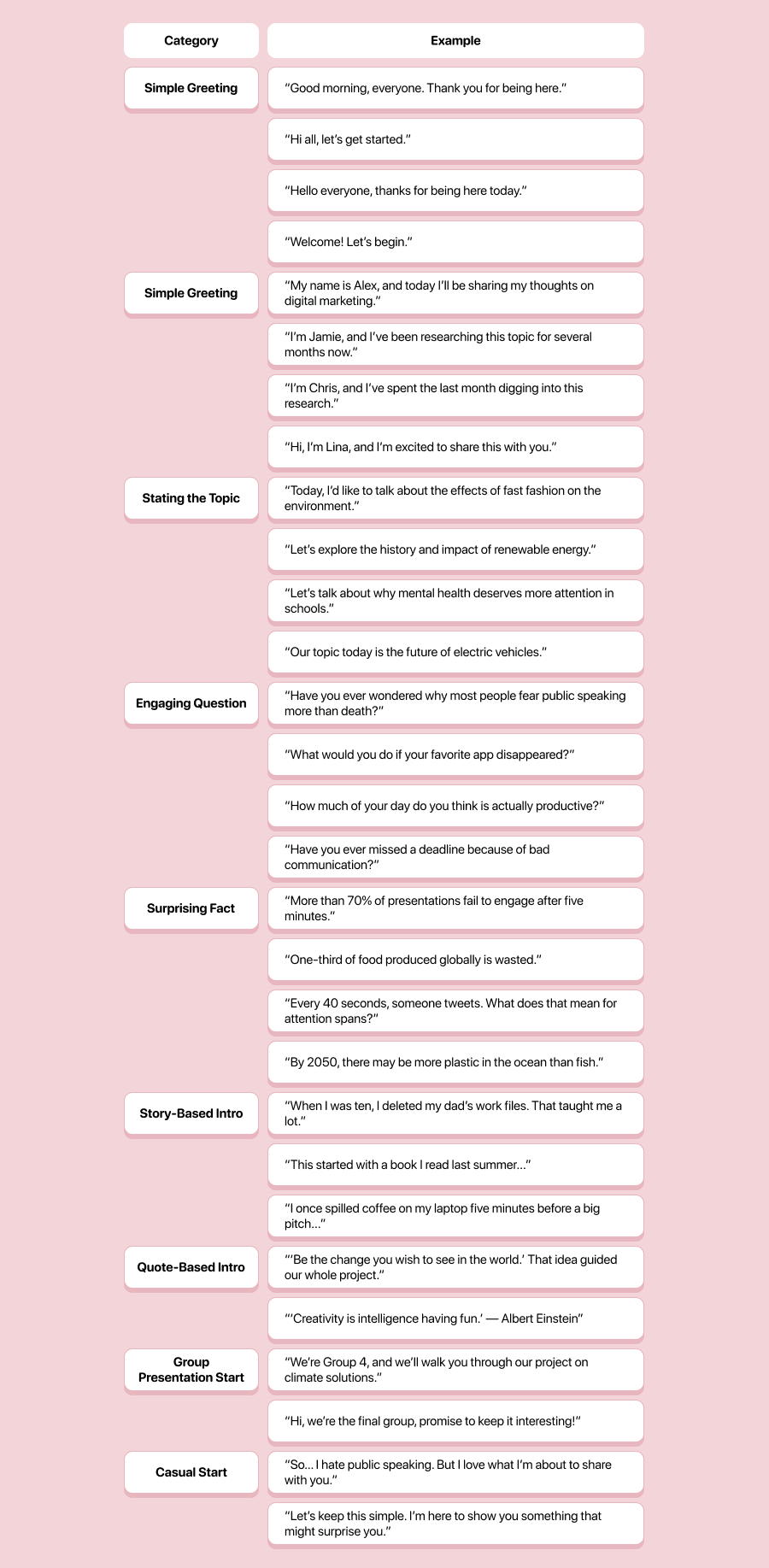
Speech Opening Lines for Students
If you're giving a class presentation, these speech opening lines for students will help you sound clear, confident, and authentic (without cringing).
Examples:
- “Hi! I’m Ana, and this is my presentation on how chocolate is made (yes, there will be photos!).”
- “Good morning, we’re Group 2, and we’ll be explaining our science project about renewable energy.”
- “Have you ever wondered how YouTube recommends the next video? That’s what I researched.”
- “Our group took a look at urban pollution, and what we found was surprising.”
Keep it simple, natural, and just a bit you. No need for dramatic effects, just clarity and presence.
Bonus Tips to Calm Nerves and Start Strong
Even the best greeting examples for speech introductions fall flat if you sound scared or rushed. These tips help you actually feel in control:
- Practice your first 2–3 lines more than anything else. If your opening flows, your whole presentation will.
- Make eye contact with actual people, not just the back wall.
- Pause after your first sentence. It shows confidence.
- Don’t open with “Sorry, I’m nervous…” Just breathe and keep going.
- Smile. Seriously, even a small one relaxes both you and the audience.
An excellent presentation opening is simply one that feels like you, but sharper. Use a question, a story, a bold fact, a quote, or just a calm and clean “welcome to my presentation” — whatever suits the audience, the topic, and your style. Because once you begin with intention, the rest becomes a whole lot easier.
FAQ
1. What if I completely forget my opening line?
It happens even to seasoned speakers. The best fix is to memorize your first sentence or two really well and have a backup sentence ready just in case. If you blank out, take a breath and say something simple like, “Let me start by telling you why this topic matters.” It buys you time and still sounds intentional.
2. Can I start a presentation with a joke?
Yes, but only if it feels natural to you and fits the topic. Humor is tricky: what’s funny to you might not land with your audience. If you're confident it’ll connect (and it’s relevant), go for it. If not, a short story or surprising fact is usually safer and just as engaging.
3. How do I start a presentation when I’m part of a group?
Agree in advance who speaks first and what each person will say. The first speaker should introduce the team and the topic clearly, like:
“Hi, we’re Group 4, and today we’ll be talking about green architecture. I’ll start with the background, and then María will walk you through our research.”
Smooth transitions show teamwork and keep the audience oriented.
